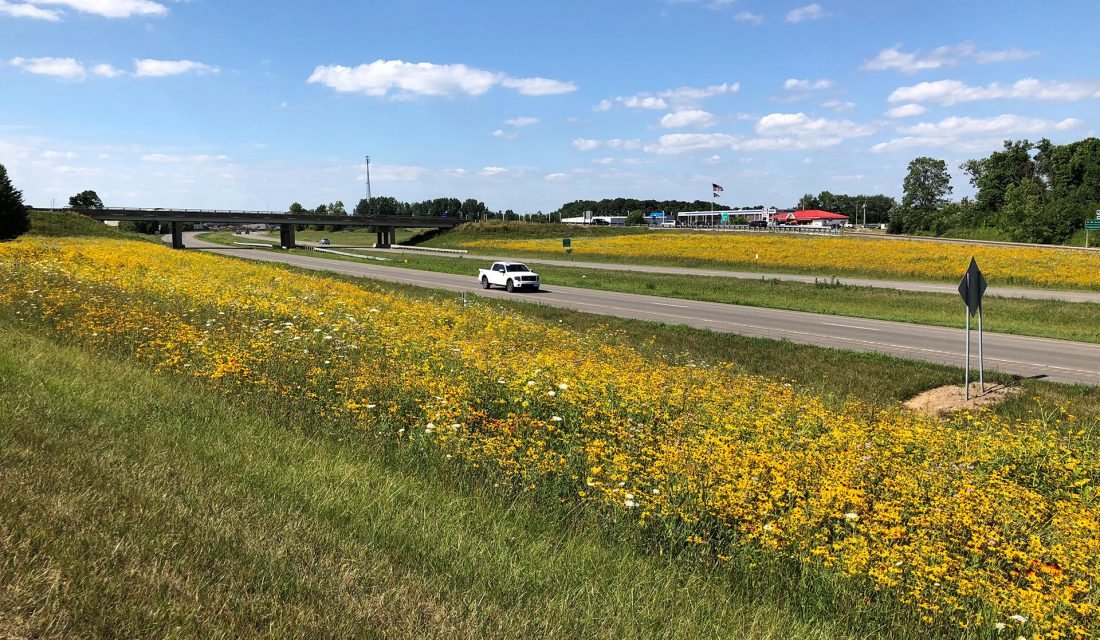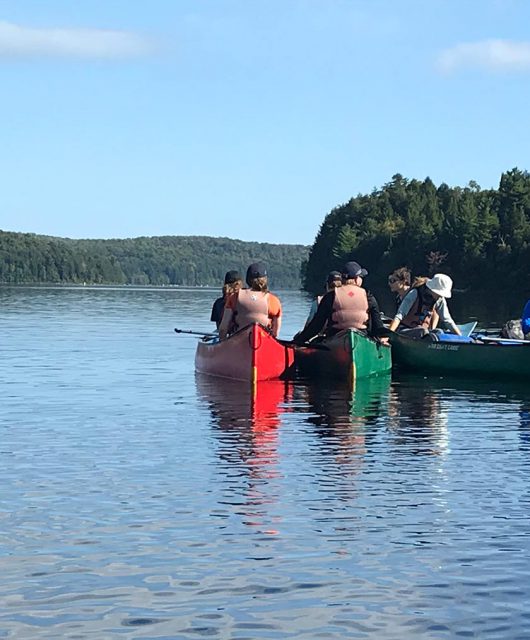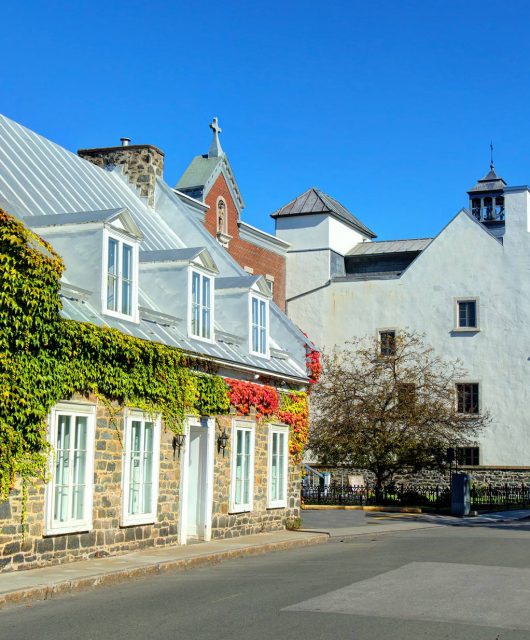Should the Canadian government be accelerating legislative support for pollinators?
News in late November 2019 that a bill titled “Monarch and Pollinator Highway (MPH) Act of 2019” was introduced to the US House of Representatives is welcome fruit from over 20 years of cooperative work for pollinator species in the United States.
The significance of umbrella federal legislation — acknowledging that the protection of pollinators is critical from both ecological and food security perspectives — should be heralded across North America. If this bill passes it will have long-lasting effects on the survival and recovery of the endangered Monarch Butterfly and a long list of other pollinator species.
U.S. Given Permit to Speed Forward

Worth $35 million over 7 years, this bill directs the federal Department of Transportation (DOT) to:
- Award funding to state Departments of Transportation for the development of pollinator-friendly roadsides
- Develop nation-wide best management practice (BMP) guidelines
- Provide technical assistance to funding recipients with respect to the implementation or improvement of pollinator-friendly policies.
How Can Changes to Road Maintenance Support Pollinators?
We have learned that the practices developed over the last 70 years — mowing, herbicide spraying, and spreading non-native seed mixes on roadsides — have destroyed a lot of the wildflower meadow habitat that Monarchs and other pollinators need to thrive.
With 4.1 million miles (about 6.6 million kilometres) of roads in the United States, this amounts to an enormous loss of habitat. Many of these wildflower meadows were alongside farm fields whose crops were pollinated by these same insects. Farmers have lower fruit and vegetable yields where pollinators are lost.
By changing the timing of mowing and reducing the amount of vegetation cut, caterpillars have leaves to eat and adults have flower nectar upon which to feed. Instead of broadcast spraying herbicides over miles of roadsides — reducing vegetation to grass lawns devoid of pollinators — managers can shift to targeted use of herbicides and mechanical removal of trees and shrubs.
Some of the non-native grasses that were planted in seed mixes to stabilize disturbed soils are so aggressive that native wildflowers cannot compete. Use of native seed mixes allows natural meadow ecosystems to return, to the benefit of many wildlife species. These practices have been implemented by some state DOTs, with the benefit of reduced road maintenance costs.
Thirty-three of the 52 state DOTs have pollinator-friendly practices already in place, thanks to the decades of work by collaborative organizations like Pollinator Partnerships and Monarch Joint Venture. The Monarch and Pollinator Highway Act of 2019 could nudge the remaining states to follow in these successes and bolster and improve BMPs across the country.
Canada Should Join the Caravan
With more than one million kilometres of roads in Canada and many pollinator species inhabiting its meadows and pollinating agricultural crops, there is good reason for federal umbrella legislation to be enacted here too.
Most of Canada’s roads are under the jurisdiction of provincial or municipal governments. Collectively, the work of DOT’s affects Monarchs and other pollinator species in large portions of their ranges, something that can be missed at the local level. Federal legislation to fund and support the changes in road maintenance BMP’s — the same changes that have proven so successful south of the border — makes sense financially and ecologically.
Regardless of jurisdiction, it’s time we get behind the wheel and accelerate our movement toward pollinator recovery before these essential species are left in the dust.





